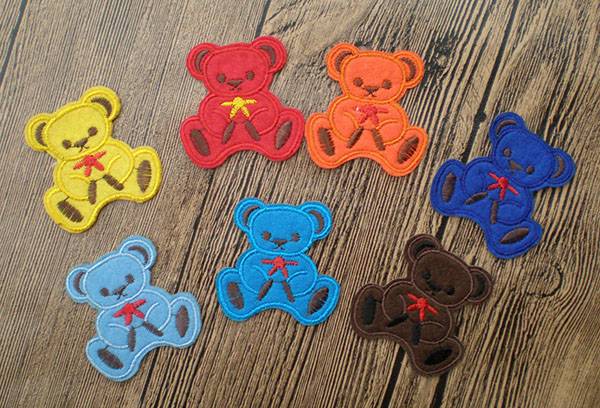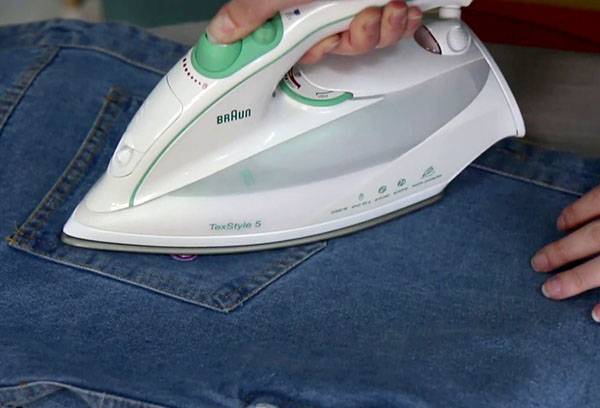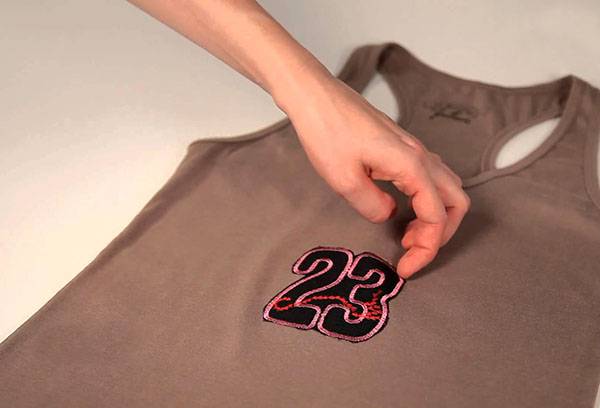How to glue the thermal sticker on the fabric using an iron
Thermal transfers, or, in other words, thermal stickers, are pictures that can be transferred to a fabric surface using a conventional iron. Today, every needlewoman needs to know how to glue the thermal sticker on the fabric with an iron, because this type of clothing decoration is very popular. Thanks to the application on a plain white blouse or T-shirt, you can get a bright and exclusive thing. With the help of a thermal sticker, it is easy to close up a gap that inappropriately formed in the most visible place, or to mask a dirty stain.
Types of thermal stickers for fabric
The applications that are glued to the fabric come in various types and sizes. Stickers imitating hand embroidery or photo printing were very fond of customers. To decorate boring clothes, you can choose thermal stickers with a glider or rhinestones. For young people, prints with images of famous artists or emblems of leading brands are more suitable.
Especially for decorating children's clothing, there are stickers depicting famous heroes from fairy tales and cartoons, animals, toys. Many neutral applications have been developed that are suitable for both adults and children. These are pictures with ornaments and floral themes.
Typically, flock and velvet, satin and satin are used to make thermal transfers. In addition, there are neon stickers that are made from a material that reflects light. In clothes with such elements it is safe to work or move around at night.
Important!
At home, thermal application is recommended to be applied only to clothing made from 100% cotton. On the surface of synthetics, knitwear and leather, such pictures are best sewn.
How to apply thermal decal on fabric
One of the advantages of decorating clothes with thermal applications is the simplicity and short duration of the process.
- To work, you need a flat, solid surface, which can be strongly pressed. It can be a durable table or a bedside table covered with a cloth.
- Before sticking thermal stickers on clothes, it is necessary to check in a small area located in an inconspicuous place what temperature the processed material can withstand.
- Heat the iron to this temperature and turn off the steam supply, and cut the thermal sticker along the contour of the picture.
- The product or fabric should be laid out as evenly as possible on the table. It is important to ensure that there are no creases or seams in the area where the picture is glued. The place where the sticker will be located is preheated with an iron in order to provide better grip.
- Place a sticker on the clothing face up.
- The place of gluing is covered with tracing paper or simply with a clean sheet of paper. A heated iron is placed on top of the paper, pressed with force and held for 10-15 seconds. The smaller the iron, the more time it will take for bonding.
- If the picture occupies a large area, first one part is glued, then another. Small elements and edges of the transfer should be glued especially carefully, pressing hard on the tip of the iron.
- The paper should cool, it will take 5-10 minutes. Then you can remove the transparent protective layer - and the sticker is ready.
From the instructions it can be seen that the technology for applying stickers to the fabric is quite simple and does not require special devices and a lot of time.
Care Rules
The product, decorated with thermal application, will retain its original appearance for a long time, if you follow the simple rules of care.
- Wash clothing with labels should be at a water temperature of not more than 40 ° C, after turning it on the wrong side.
- You should also iron the product from the inside out.
Important!
To prevent the paper layer from becoming damp or collapsing, keep labels in a dry place away from sunlight. Shelf life - no more than one year.
Choosing thermal transfers from well-known manufacturers, you can be sure of their quality even after numerous washings and long years of use of clothing.



Say that it is better to sew on knitwear, and they themselves are glued to a T-shirt. Or do you think a t-shirt is not a knitwear?
It is said “better”, but not said “forbidden”! Whoever needs it is glued there. 🙂